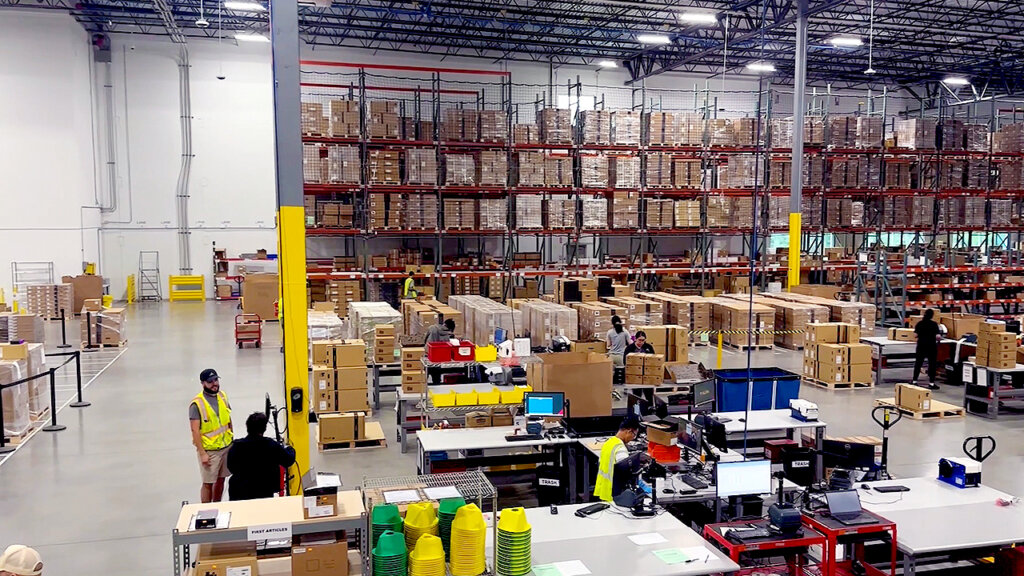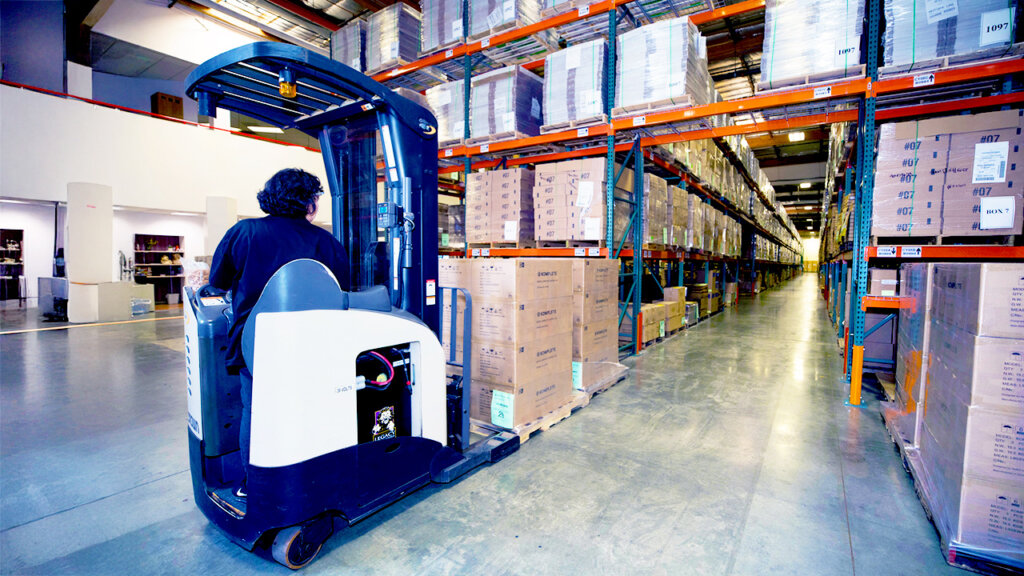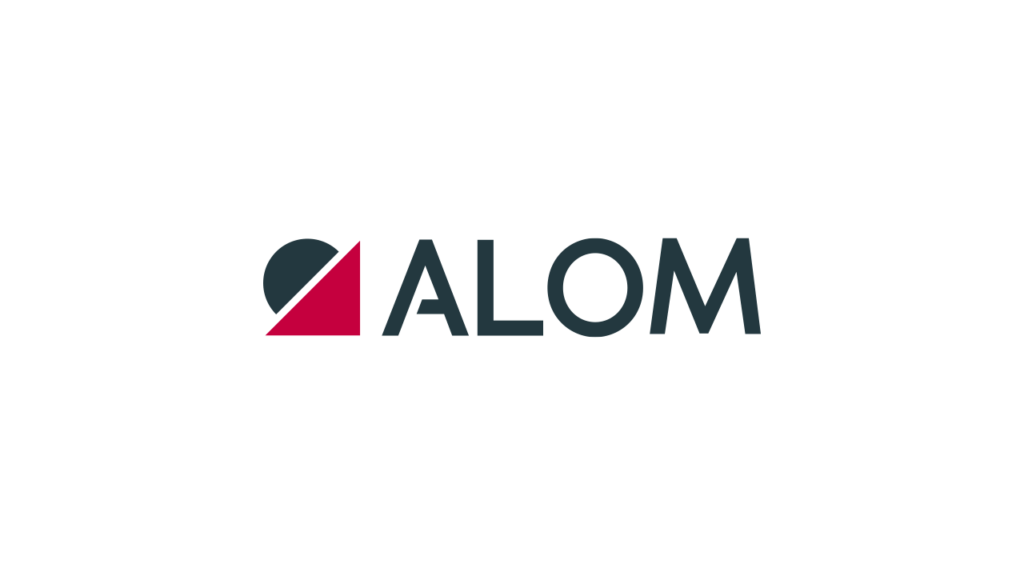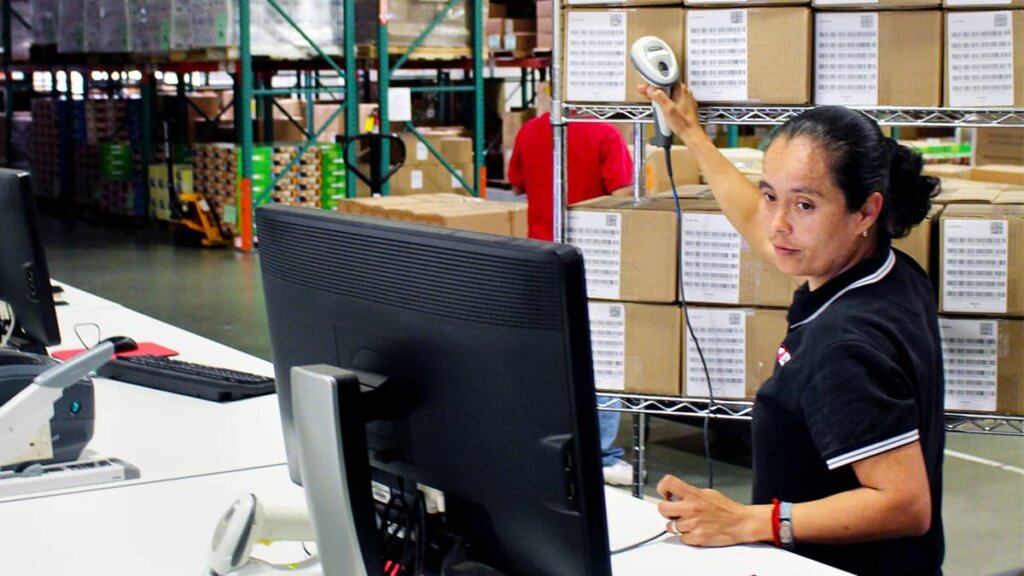25 years have gone by since we invented ALOM. Leased an empty building. Bought the first technology. Hired the first staff. Started building the culture. Developed the supply chain business that is ALOM. Serviced our clients. Found our suppliers. Added more great staff. From one simple location to 19 global locations with thousands of suppliers and partners. Across the world, thousands of families directly and indirectly rely on a paycheck from us. Our clients are depending on us. It is a lot of responsibility, yet it also brings tremendous pride and joy.
The change in the company over 25 years is beyond belief. But even more astonishing is the change in supply chain. In 1997, supply chains were stable. They were linear, by which I mean much less spread out with multiple stakeholders at each level. They were mostly domestic or limited to few countries for each product. Compliance management was not significant enough to even mention. Technology was limited to big legacy systems. I remember being proud of launching our online customer portal in 1997, only a month after starting ALOM – one of the first portals in the industry and updated once per day, it was a whopping success with clients. Yes, this was before Business Intelligence, API’s, and robotics. Yet it was clear already then that whoever best used technology would be in a winning position.
Fast forward to today. We are seeing unprecedented pressure on supply chain professionals with both demand and supply fluctuations, geo-political upheaval, and infrastructure limitations. Supply chains are dynamic and changing. Demand is fluctuating, sales channels are unpredictable, supply lines are fragile, tariffs are changing. Just like the parts they are trying to get in, supply chain professionals are in short supply. Digital supply chains have become integral to success. Fintech is supporting supply chains. ESG and CSR are concepts that are now integral to great supply chain management. Where nobody knew about supply chain in 1997, today everyone is curious about it. Boards are discussing supply chain strategy. Supply chain pros went from hardly being noticed to being the center of the party.
Hitting the fast forward button again, I cannot help wondering what the next 25 years will bring. Walmart’s CEO, Doug McMillon, recently predicted that the change over the next 5 years will exceed the change that we have seen the prior 31 years (the weird time span selected because of his tenure with Walmart). If that is correct, the crystal ball gets a little unclear beyond that 5-year mark. Certainly, I can believe McMillon’s prediction. Just look at the change over the last two pandemic years. Add to that the significant uptick in investment in supply chain technology companies, and the change can go on steroids.
I am mentoring entrepreneurs in the supply chain technology space, and their innovation gives me so much hope. The current whack-a-mole supply chain is – among other things – caused by a technology deficit. I will write more about that in an upcoming blog.
Slowly – and much too late to my taste – private and public entities have begun to collaborate for standards and visibility. That collaboration needs to accelerate such that the supply chain ecosystem can put technology to better use. One can only hope that these budding attempts turn into full-fledged global standards to create the fluidity that’s needed for seamless collaboration. It is unbelievable that we have global trade, but so few global standards for communicating and aligning.
The prediction is that we will have a shortage of 4 million supply chain professionals and 2 million staff members in manufacturing over the next decade. These are scary prospects for the supply chain professionals who are now worked to the bones. ALOM is following the call to build our own supply of supply chain professionals, managers, and executives. ALOM University, our internal training and professional development program is supporting this effort. Yet all supply chain organizations must contribute and support the recruiting pipeline.
Without a culture of innovation and adoption, of organizational agility and personal growth, supply chain organizations will fall behind. At the current accelerated rate of change, this will happen fast. Sleeping Beauty – even if only sleeping 25 years – will wake up in a supply chain world that is much changed.
We are seeing much that gives hope. Strategies, risk management and trends towards near-sourcing and sustainability. New promising technologies propelled by unprecedented levels of investment in supply chain technology. Respect for a profession that at one time was relegated to the dark basement cubicles. I’m also seeing fantastic opportunities for organizations with top talent. One prediction is certain for the next 25 years: It will be an exciting, exhilarating, and – frankly – unpredictable ride.













